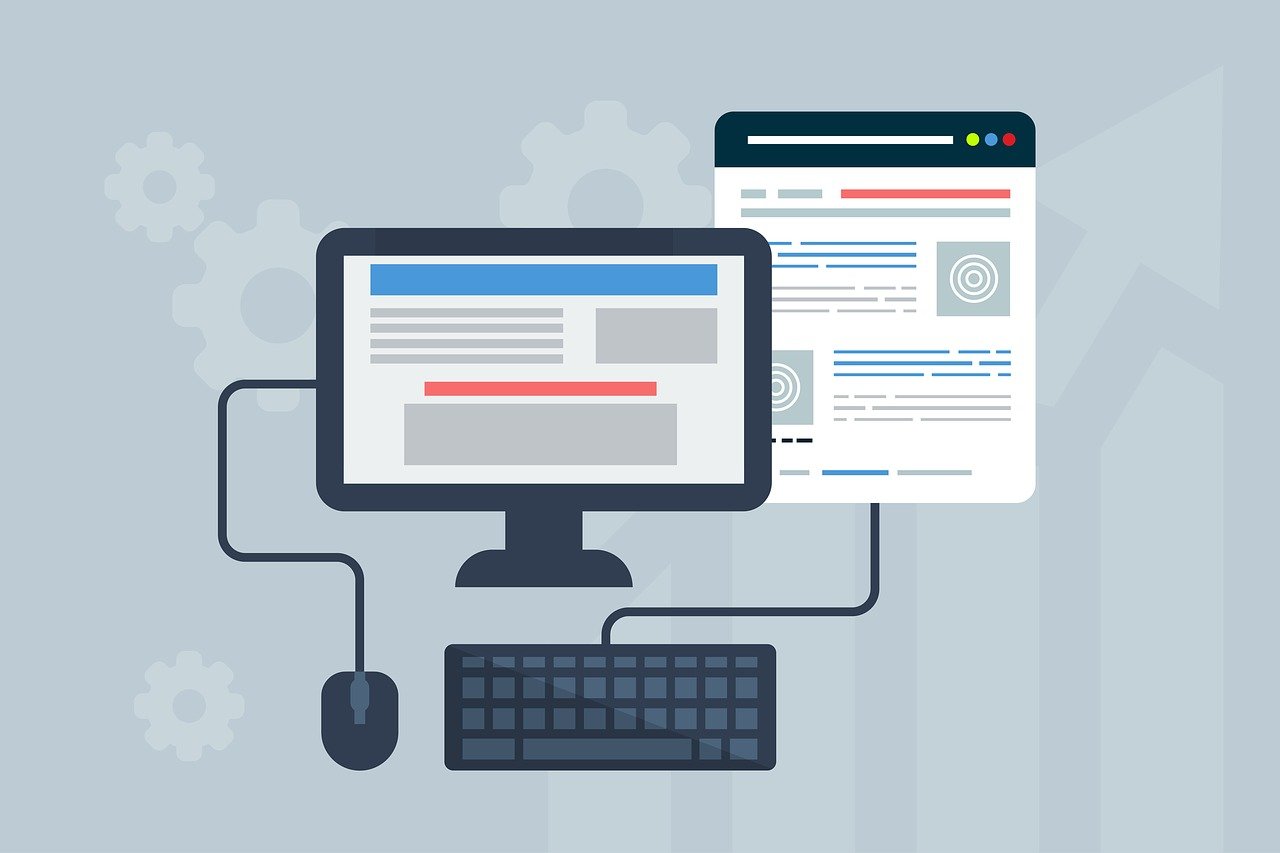Estimated reading time: 4 minutes
In today’s digital age, creating a website is essential for individuals, businesses, and organizations to establish an online presence. Wix, a popular website builder platform, offers a user-friendly interface that allows both beginners and experienced users to create professional and functional websites without needing extensive coding knowledge. In this guide, we’ll walk you through the step-by-step process of building a website on Wix.
1. Sign Up and Choose a Plan
To get started, visit the Wix website (www.wix.com) and sign up for an account. You can choose from various plans, including a free plan with Wix ads and limited features or premium plans with additional features and a custom domain. Select the plan that suits your needs and budget.
2. Choose a Template
Once you’ve signed up, you’ll be prompted to choose a template for your website. Wix offers a wide range of templates across different categories such as business, portfolio, blog, and more. Browse through the templates and pick one that aligns with your website’s purpose and design preferences.
3. Customize Your Template
After selecting a template, you’ll be directed to Wix’s drag-and-drop editor. Here, you can customize the template to match your branding and content.
- Layout: Rearrange elements by dragging and dropping them on the canvas. You can add or delete sections, change the order of pages, and adjust the layout to suit your needs.
- Text and Images: Click on text boxes to edit content and replace images with your own. Wix supports image uploading and resizing for a polished look.
- Colours and Fonts: Customize the colour scheme and fonts to match your brand identity. Consistency in design elements enhances the overall appeal of your site.
- Add Elements: Wix offers a plethora of elements to enhance your website, including text boxes, image galleries, videos, contact forms, buttons, and more. These elements can be easily added from the editor’s side menu.
- Apps and Widgets: Wix’s App Market provides additional functionalities such as social media integration, e-commerce tools, booking systems, and more. Explore the market and add the necessary apps to your site.
4. Design and Branding
Consistency in design is crucial for a professional-looking website. Here are some tips for effective design and branding:
- Logo and Branding: Upload your logo and choose a colour scheme that aligns with your brand. Use these consistently across all pages.
- Typography: Select fonts that are easy to read and complement your website’s style. Stick to a maximum of two or three fonts for a cohesive look.
- Whitespace: Utilize whitespace to create a clean and organized layout. Avoid clutter by leaving enough space between elements.
5. Create Additional Pages
Most websites consist of multiple pages to provide comprehensive information. Create additional pages using the “Add Page” option in the editor. Common pages include:
- About Us: Share information about your company, team, or yourself.
- Services/Products: If you’re a business, showcase your offerings with detailed descriptions and images.
- Blog: Share valuable content with your audience through blog posts.
- Contact: Include a contact form or your contact information for visitors to reach out.
6. Mobile Optimization
Wix automatically generates a mobile version of your website, but it’s essential to review and optimize it. Use the mobile editor to ensure that your site looks and functions well on various devices.
7. SEO Optimization
Improve your website’s visibility in search engines by optimizing its SEO. Customize meta titles, descriptions, and keywords for each page using Wix’s SEO tools.
8. Preview and Test
Before publishing your website, use Wix’s preview feature to see how it looks and functions in real time. Test links, forms, and other interactive elements to ensure everything works as intended.
9. Connect a Domain
If you’re on a premium plan, you can connect a custom domain to your Wix website. This enhances your brand’s professionalism and makes it easier for visitors to find you.
10. Publish Your Website
Once you’re satisfied with your website’s design, content, and functionality, it’s time to publish it. Click the “Publish” button to make your website live on the internet.
11. Regular Updates
Building a website is an ongoing process. Regularly update your content, add new blog posts, and keep an eye on the design trends to ensure your website remains relevant and engaging.
Wix offers a user-friendly platform for creating stunning websites without the need for extensive coding knowledge. By following this comprehensive guide, you can build a professional website that aligns with your brand, serves your audience’s needs, and establishes your online presence effectively. Remember that building a website is a dynamic process, so regularly update and maintain your site to keep it fresh and engaging.
For the latest tech news and reviews, follow Rohit Auddy on Twitter, Facebook, and Google News.




